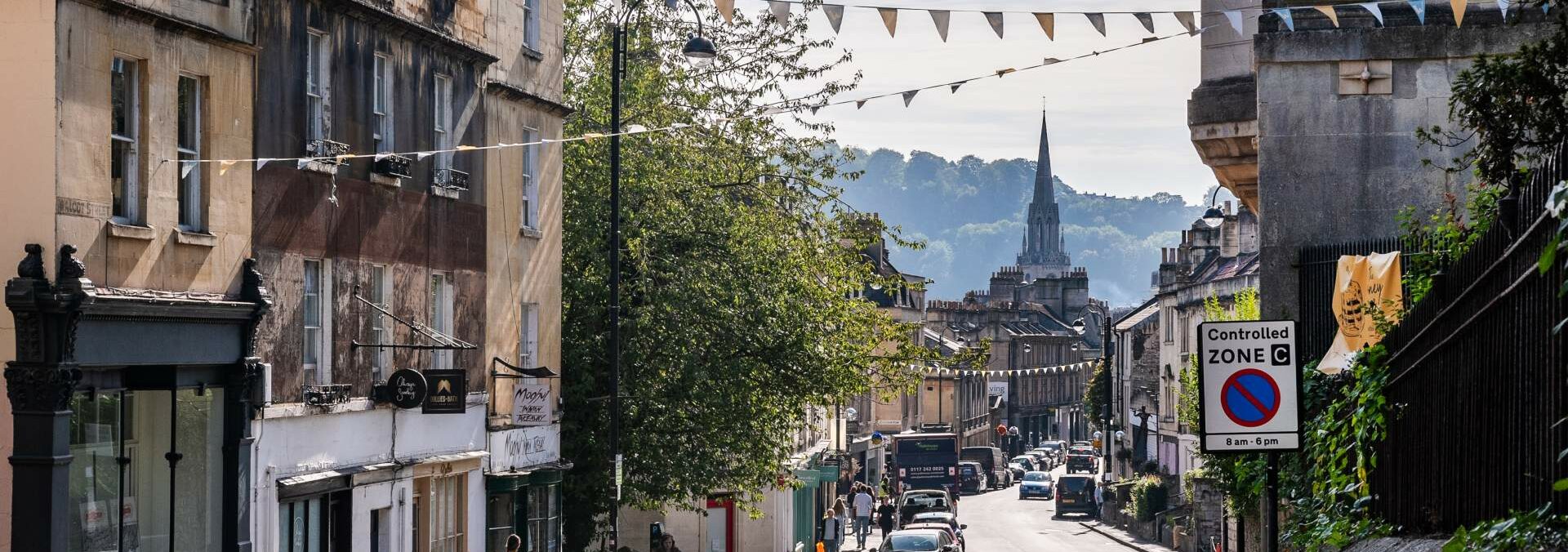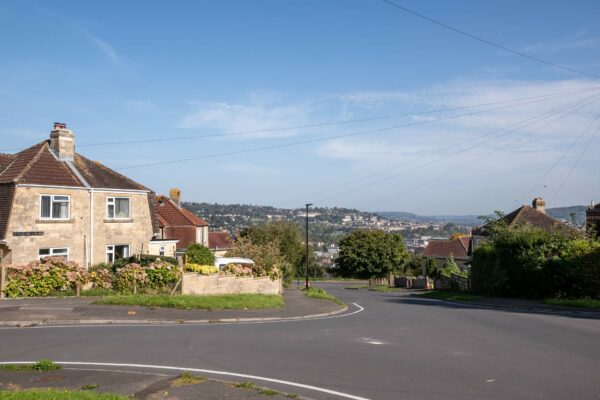A Local Guide to Walcot
A charming suburb in the historical city of Bath, Walcot is a electoral ward and residential district located to the very north of the city centre, referred to by Bathonians as Bath’s Artisan Quarter.
A Brief History of Walcot
Walcot first grew in popularity as a Roman residential area from the 1st to the 3rd centuries, at which time it sat between the walled town, the Fosse Way, and a Roman fort located across the river within Bathwick.
The area is home to the parish church of St Swithin, constructed during 1779-90 by John Palmer and located on The Paragon. Christopher Anstey, a renowned 18th-century poet, is buried at the site.
Walcot is also the birthplace of Richard Debaufre Guyon, a famous Hungarian soldier who played a major role in the fight for independence during the Hungarian Revolution of 1848.
Location of Walcot
An electoral ward of Bath, Walcot sits to the north-east of the city centre, with the main road of Walcot Street, lined with its famous artisan shops, adjoining to the heart of the city.
Notable wards surrounding the area suburb are Lansdown, Lambridge, Kingsmead, and Bathwick, the last of which forms a boundary with the River Avon, which is connected to Walcot via the Cleveland Bridge.
The Paragon and London Road are also located within Walcot, both of which form part of the A4 road (historically known as the Bath Road), a major road in England which runs from Central London all the way to Avonmouth.
Sights to See
Walcot is home to The Paragon, a stunning street of Georgian houses that were designed by Thomas Warr Attwood – an English builder, architect, and Bathonian politician – and that have each been designated as listed buildings of various grades. Complete with mansard roofs, Tuscan pilasters, and intricate pediments, The Paragon is thought to be a Roman road, winding north from Aquae Sulis and linking with the Fosse Way; however, there is some mapping evidence that indicates mediaeval origins.
The suburb also has plenty of stunning green spaces to explore such as Hedgemead Park and Henrietta Park, perfect for a tranquil stroll to take a look at the beautiful rose displays.
Things to Do
A must-visit if you find yourself wandering through the winding roads of Walcot is its very own Walcot House, set in an old bakery on Walcot Street. Inside, you’ll firstly find The Walcot, a wholesome fine-dining restaurant that focuses on locally reared and grown produce, with the accompanying Dilly Bar serving up a whole menu of delicious drinks. Descend the steps to the basement of the House and you’ll find Bread & Jam, a five-star dive bar where you can enjoy mouth-watering cocktails in an intimate setting with a vinyl DJ live set throughout the night.
The Bell Inn is another go-to for locals to enjoy a pint in the evening, a bustling community-owned pub serving up proper ales alongside live music. Visit on a Sunday to catch the pizza bike if you want to enjoy freshly-made wood-fired pizza in the bench-lined beer garden.
There is also the Museum of Bath Architecture, which sits just next to The Paragon within a courtyard. The building that houses the museum was originally constructed during 1765 as the Trinity Presbyterian Church, otherwise known as the Countess of Huntingdon’s Chapel, as she resided within the attached house from 1707-1791.
If you’re dreaming of living in Walcot or any of the charming suburbs that make up the wonderful city of Bath, why not take the first step towards making your dreams a reality – get in touch with one of our friendly team today to let us help you navigate the Bath property market and find your ideal home!





